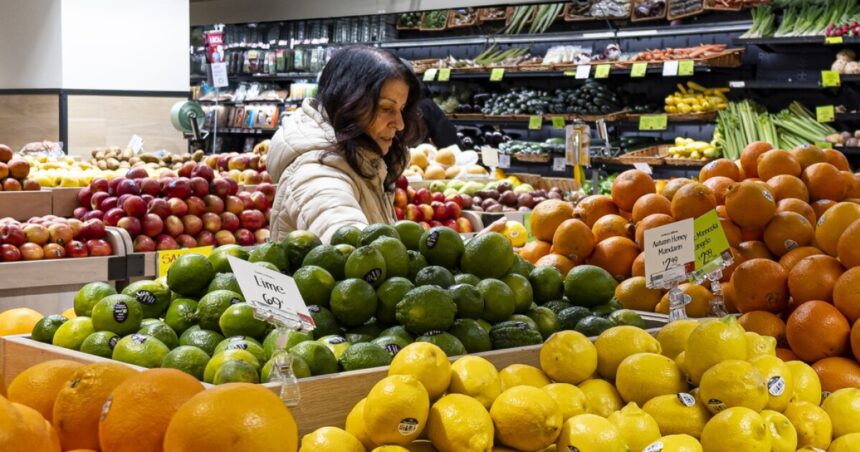Food prices have risen by more than 2% in the last year, according to the Consumer Price Index, leaving families to make tough choices as to what they can afford to buy at the store.
Even though the cost of fresh fruits and vegetables have dropped by about 0.2%, they are still sometimes the first to be cut, which could cause people to miss out on necessary nutrients.
Debra Cooper was diagnosed with Type 2 diabetes two years ago. At age 59, her doctor told her she needed to add fresh fruits and vegetables into her diet. But living in a North Tulsa food desert meant that was easier said than done.
That’s until Cooper was given a prescription from her doctor for free fruits and vegetables, all for free from the Oklahoma program “Fresh Rx,” an organization that teams up with local farms to distribute fresh fruits and vegetables to fulfill doctor’s orders.
Erin Martin is the FreshRx co-director. She says they give the patient about $50 worth of fruits and vegetables every two weeks for an entire year.
RELATED STORY | USDA report shows 13.5% of US households are food insecure, up from 2022
The program is funded by donations and federal funding. Martin says they spend about $4,000 per patient on food, cooking classes, and check-ups.
“But when you’re able to, say, save tens of thousands of dollars in health care costs or prevent death or prevent multiple hospitalizations. or prevent amputation, the ripple effect of that health care cost savings is enormous,” Martin said.
A study by the United States Department of Agriculture shows that 90% of Americans fall short of the recommended daily guidelines for vegetables and 80% fall short for fruit.
In Cooper’s case, she says her A1C dropped three points, and she lost nearly 40 pounds after tweaking her diet and adding in the recommended fruits and veggies.
“Clothes I couldn’t fit anymore, that were too cute to get rid of, I could wear them now,” Cooper said.
RELATED STORY | Organizations working to alleviate food insecurity and waste in US
The CDC defines produce prescription programs as a way for healthcare workers to prescribe fruits and vegetables to patients who meet their state’s specific criteria, like patients who have chronic diseases and don’t have access to nutritious foods. Each state also can file a Medicaid waiver for their patient.
“We’ve had health payers tell us that even people on their commercial insurance are attesting to having food insecurity. I think we are all nutritionally insecure,” Martin said.
A study on the effects of prescription fruit and vegetable plans by The American Heart Association found blood pressure, blood sugar, body mass index, and overall health show drastic improvements for adults at risk for heart disease after an average of six months.
“You know, I wake up and I don’t have to rock to get up, you know, it’s like, oh, God. Yeah, I just got up, and I feel almost normal now,” Cooper said.





